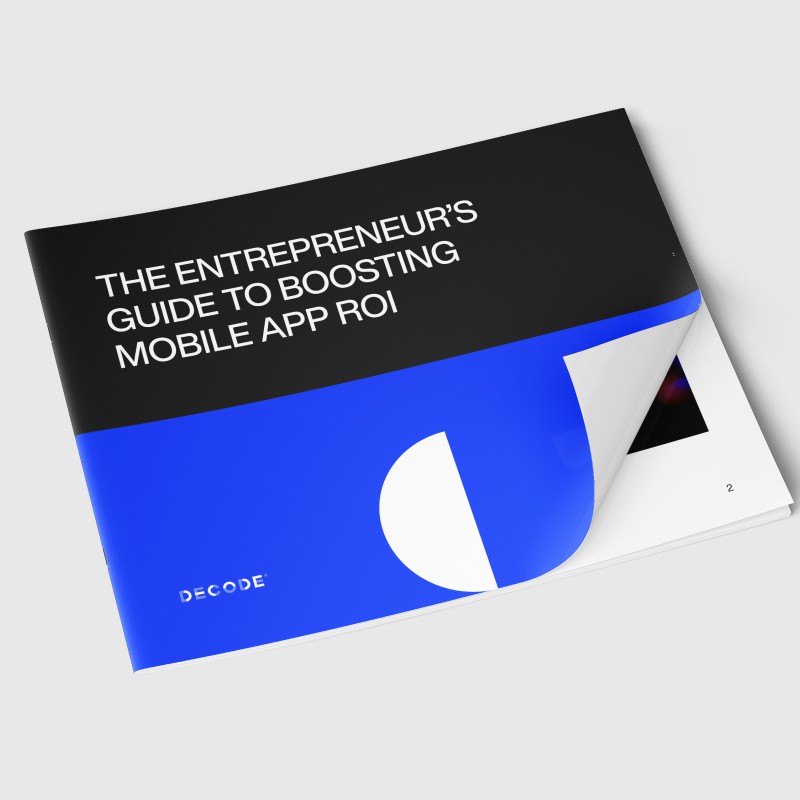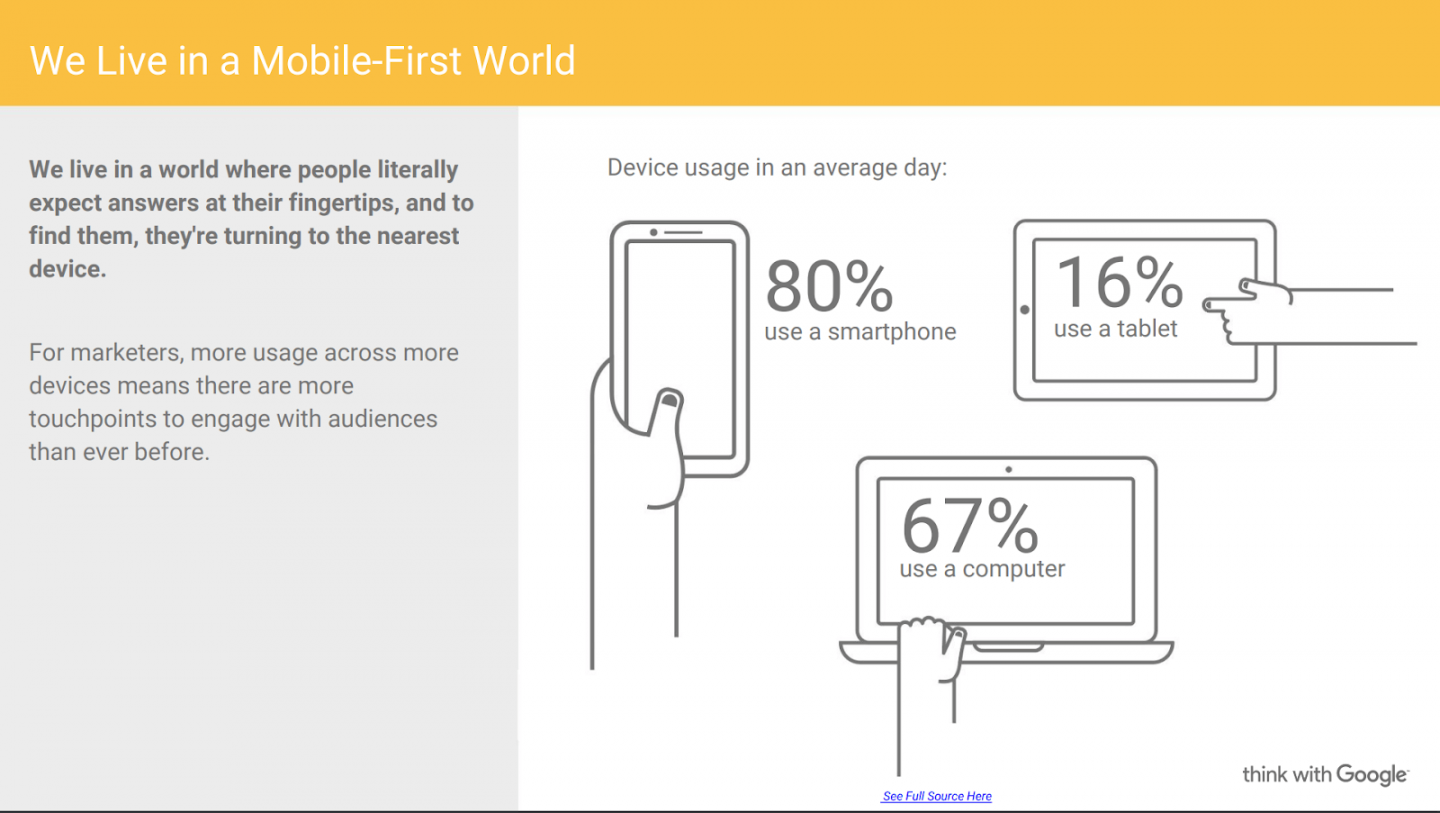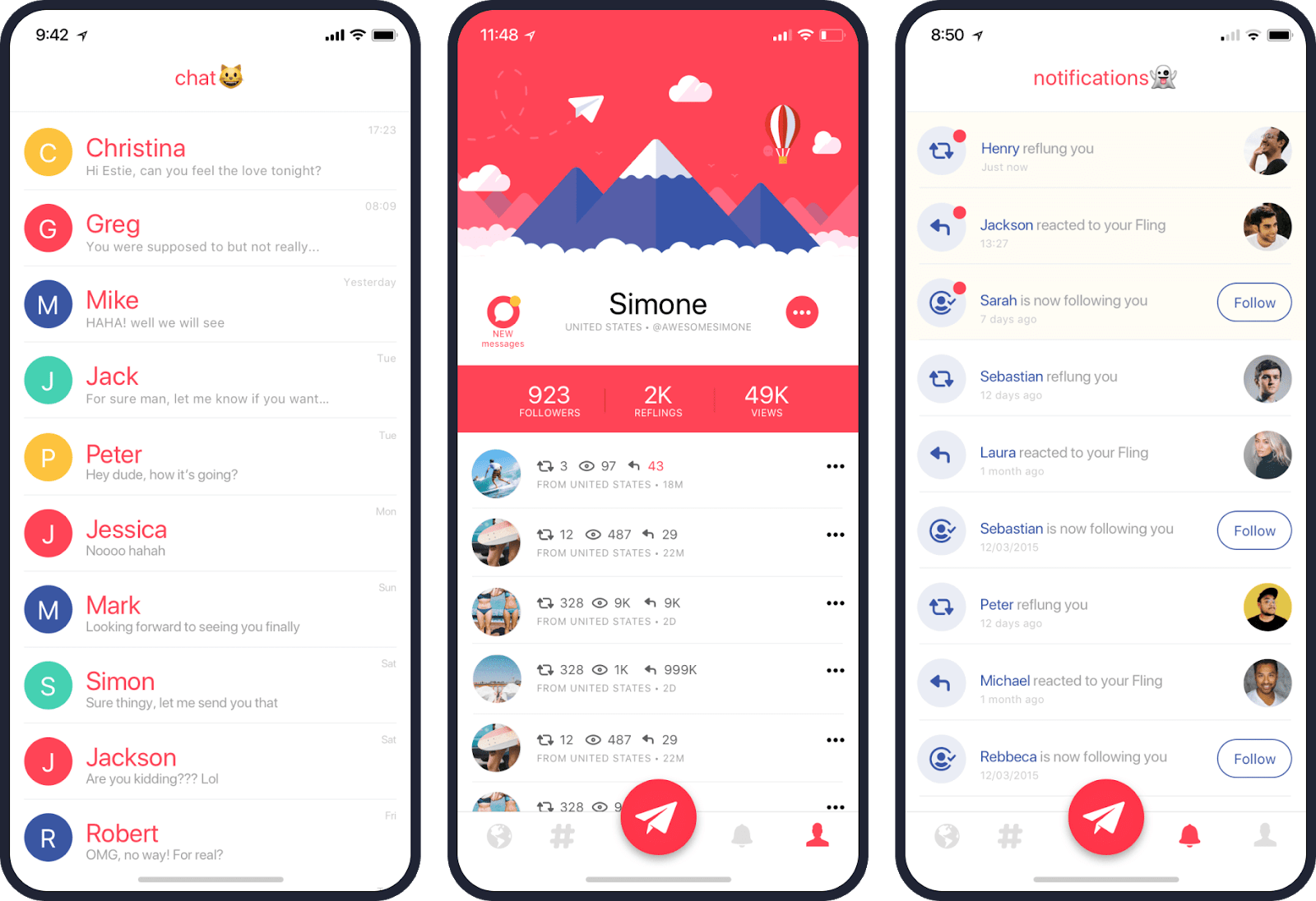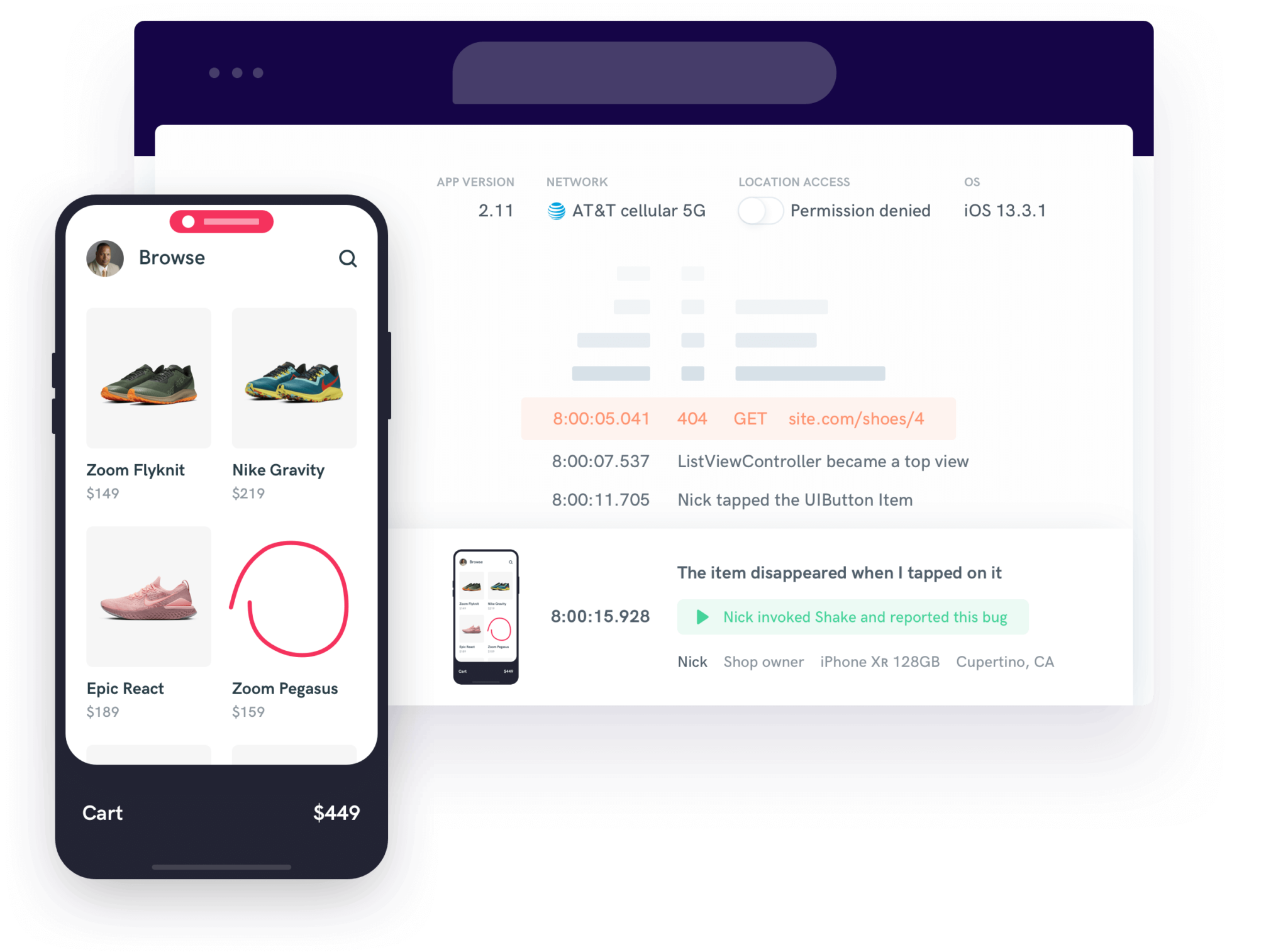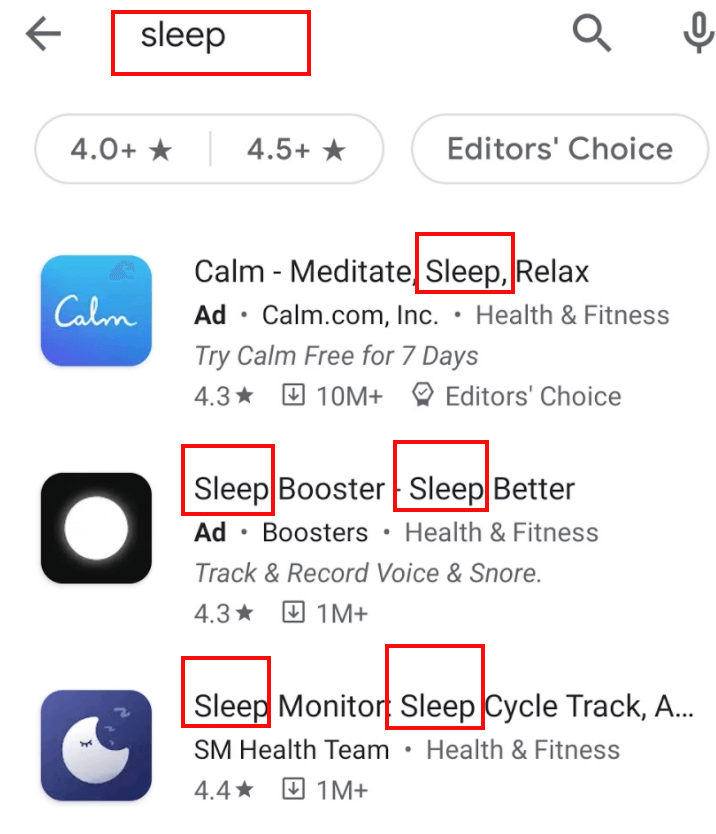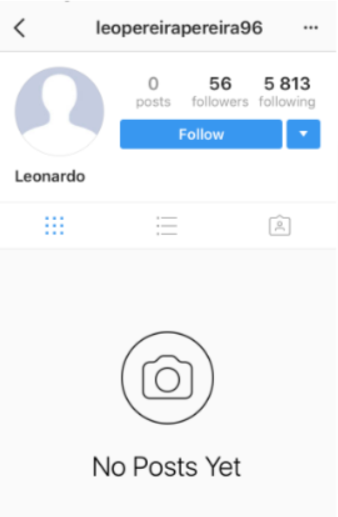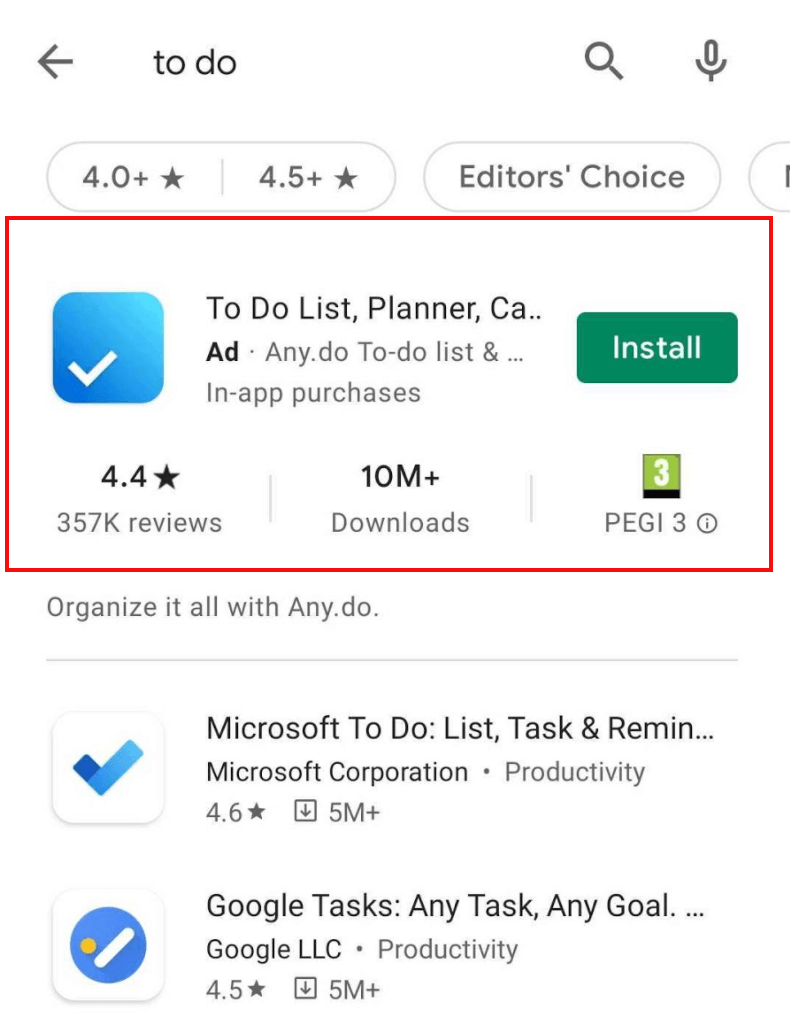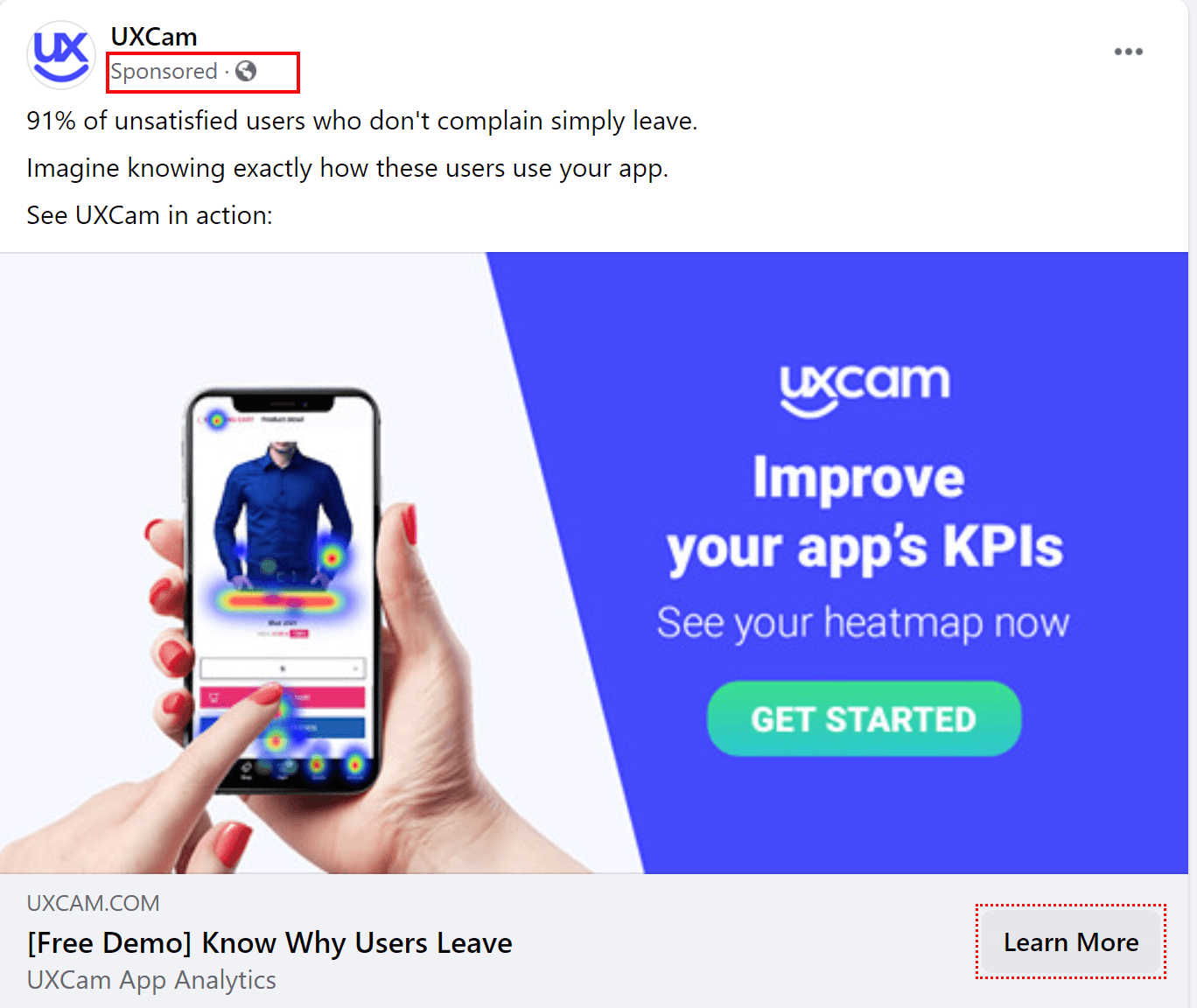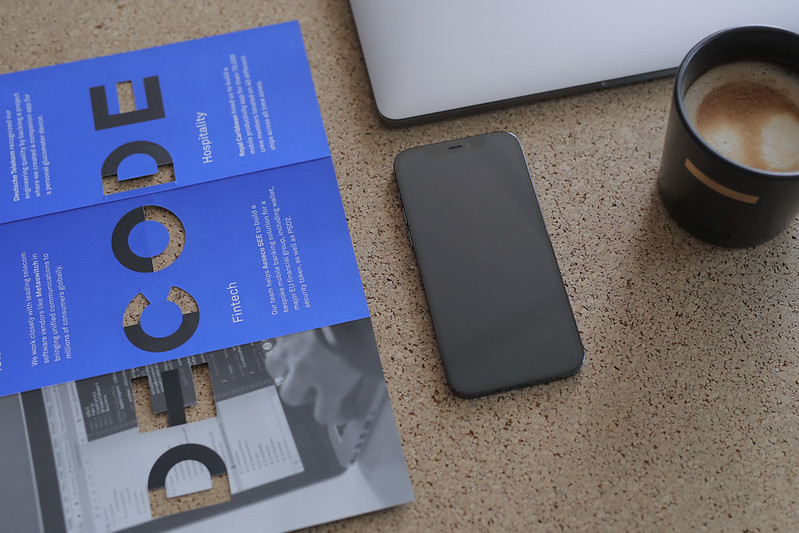Although a mobile app’s success is primarily determined by its functionality and performance, it would be completely misleading to think that great apps sell themselves.
When trying to market your app, always be aware that there are many other apps that are just as mind-blowing apps as yours, waiting to grab a large chunk of the market.
If you want to get users excited about your creation, you must put a great deal of work into its marketing.
Use these proven strategies both before and after launch to significantly improve your odds and attract all the consumers you want.
Let’s take a look at them!
Pre-Launch Strategies
Setting up your app for consumer-market success is a long and tricky process. Ideally, it should begin long before you launch the app.
In essence, app marketing is all about projecting a brand image that resonates with your users.
Brands like Dropbox have proven that the best time to create awareness and advertise your app to potential users is before its market release. In 2008, the company used its beta-version pre-launch strategy to gain over 1 million users in a single year.
Get your free copy and find out how successful entrepreneurs define parameters of success!
No doubt, adding top-notch product features to your app is crucial for keeping users hooked. However, creating a sustainable pre-launch hype can be even more rewarding in terms of brand loyalty.
Here are some crucial components of a successful pre-launch strategy you must pay close attention to.
Planning and Market Research
It takes detailed research-backed planning to develop a good app marketing strategy.
When creating a marketing plan for your app, it’s essential to set clear objectives, goals, deadlines, and Key Performance Indicators (KPIs). Doing this will help you optimize your performance and assess how well your strategy is driving customer acquisition.
For starters, you may want to select a specific app release date. Without a predetermined time frame in mind, pre-launch processes may last way longer than necessary.
But more importantly, you have to base your marketing plan on market research. In our article on how to turn your app idea into reality, we emphasized the importance of market research in developing the best product for your target audience.
However, market research doesn’t end with app development.
Without a clear understanding of your target audience, it will be near impossible to market in a manner that appeals to them.
In app marketing, creating niche-specific user personas helps you determine and address their crucial pain points.
By building well-defined user personas, you can quickly pinpoint certain elements that would influence your marketing strategy. Some examples of these elements:
- Choice of operating system
- The best type of marketing content for top engagement levels
- Brand tone, voice, and style
- Advertising platforms
- App monetization models
Once you’ve drawn up a detailed marketing plan that takes these key factors into consideration, you’re now in a position to engage your user base and put your research results to good use.
Engaging the User Base
According to reports, an average user in the US alone had 20 apps installed on their smartphone in 2019. Make your marketing pitch just right, and your app may become one of the consumer regulars.
Arguably, the tipping point for acquiring a potential app user has a lot to do with how efficiently and regularly you engage them. Some app developers and promoters make the common mistake by focusing on that only after the app launch.
Your primary focus in engaging your user base should be to offer them value without necessarily aiming to sell your product right away.
Probably the best way to go about this is to blog regularly. Helpful and well-written blog posts and articles are a powerful means of building interest in your app.
If you blog consistently, create long enough posts and use the right keywords, you will attract more potential app users and position your brand as a niche authority.
This approach has worked effectively for the businesses who have received 126% more leads by blogging.
Once you get your blog posts right, don’t rely on search engine traffic alone.
Put out your content on social media as well. Social media platforms include so many features that you can use to target users when promoting your app. Also, there are hardly any better means of building a strong community following.
You shouldn’t neglect email marketing, either.
You can use any of the major email marketing software tools to spread the word. Considering that the open rate for emails is three times higher on mobile than on desktop, there’s a high probability that at least one of your emails will lead users to your app page.
Creating a Press Kit
Publicizing your app is quite challenging if you go at it all alone. A smart way to ease the stress is to collaborate with other media actors (journalists, especially).
This is where having a kickass press kit comes in handy.
Getting a journalist to cover your app would go a long way in creating the publicity you want. However, you don’t want to create a new pitch or wade through countless email cycles with each new contact.
With the help of a press kit, a journalist or editor will quickly make an informed decision about your product.
Ideally, your press kit should include the following:
- A review guide
- Screenshots
- Lifestyle shots
- Icons, logos, banners
- A product video
Apart from the personalized pitch that accompanies your press kit, the review guide should include all the information about what your app does and how to use it.
If the journalist decides to share your app, they can use the other elements of your press kit to tell a convincing story.
Additionally, when looking for journalists, aim to partner with those with a moderate to large following in your niche. Tools such as Cision can link you up with writers who may be interested in covering your app.
Creating a Good Branding Style for Your App
Communicating the right message to your target audience goes beyond writing engaging blog posts and press releases. The consistency of your branding style also creates a strong impression.
A good brand must tell a specific story and make the user connect with it emotionally.
Telling your brand story will include sharing your core values and enlightening the user on how your app fixes a specific problem they’re facing.
You also want to put a lot of thought into your logo design and brand colors.
The colors included in all your graphics across platforms should follow a strict set of rules and guidelines. For example, Facebook retains the color blue across all its apps. The same goes for WhatsApp’s choice of green.
Other vital components of a branding style include:
- Brand/app name and slogan
- Copywriting and UX-writing style
- Landing page
- Onboarding and personalization
- Social copies
Last but not least, consider working with brand ambassadors and niche leaders. They are arguably your best chance at influencing a broad audience.
Your brand’s ideal ambassador is someone who is interested in your app and has loyal followers who genuinely trust his opinion.
Building a Good Landing Page
Contrary to the famous English saying, most product consumers do judge a book by its cover, so as a software developer or consultant, you must recognize the role of a good landing page in your app marketing strategy.
A well-built and optimized landing page gives you a great chance to create a strong first impression.
Whether you simply want to generate leads, capture user data, or close a sale, you need to pay critical attention to your app’s landing page.
Unlike your website’s homepage, a landing page aims to achieve only one purpose—convert!
When a piece of marketing copy sends a user to your homepage, they might end up not finding the information they want.
A post-click landing page contains more source-specific information and serves to capture the user’s attention over a more extended period of time.
In other words, it’s good practice to have multiple landing pages targeted at different user personas.
A good landing page should check the following boxes:
- Contain a specific attractive offer.
- Have content focusing on the offer/app, not the brand or anything else.
- Keep the copy and forms as short as possible.
- Speak to a particular audience and collect their information.
- Finish off with a thank you and link to other marketing channels.
Your landing page is the most vital marketing component of your website. However, not all businesses use one. Incorporating a strong landing page can, therefore, give your marketing strategy a significant edge.
Post-Launch Strategies
Having laid solid grounds for attracting users to your app, you have to continue your great work after the launch. Your post-launch app marketing efforts are equally as crucial as the pre-launch strategies.
After you launch, more people should get to see and learn about the ready product.
A good post-launch strategy should help you maintain the app’s reputation and engage new and existing users.
Post-launch app marketing campaigns generally consist of organic and paid strategies. The strategies you choose to employ should depend on your budget, business niche, and several other essential factors.
Let’s take a closer look at the marketing methods we recommend for every post-launch mobile app marketing campaign.
App Store Optimization (ASO)
If you’ve just launched your app to the app store, the first thing you should concentrate your efforts on is App Store Optimization (ASO).
ASO is the SEO (Search Engine Optimization) of the mobile world. While the ranking factors may differ, both processes involve keyword optimization, backlinking, and other conversion optimization techniques.
There are over 5 million apps available in the App Store and Google Play.
If you want users to find and download your app, you must use ASO to increase its visibility.
In a 2019 survey, The Tool asked 45 international ASO experts what factors affect ASO the most.
They discovered that the following factors are the most influential in search ranking in both official Android and iOS stores:
- App name/title
- Localized product page
- User ratings
- Subtitle/app description
- User reviews
To get these factors right, start with a clear ASO strategy. Learn more about your users and pinpoint the optimization areas to focus on.
Then, select the right app name, which includes research-based keyword placement, and make sure you use a description optimized for both the users and the app store’s algorithm.
Follow it with A/B testing to choose the right app icons and include relevant screenshots and videos.
Once your product is done, encourage reviews from users, reply to support requests, and implement user feedback in future app updates.
ASO is arguably your strongest link for acquiring high-quality app users in an organic, sustainable manner. Maximize this marketing channel as much as you can.
Cross-Promotion
Whereas ASO is an intricate component of every successful app marketing strategy, there’s quite some debate about the place of cross-promotion.
Cross-promotion is simply promoting your app within other apps.
In practice, you can go about this in one of three ways:
- Internal Cross-Promotion: This is when you promote your new app within one or more of your existing apps with an established user base.
- Direct Cross-Promotion: In this case, you collaborate with other app developers and decide to direct traffic to each other’s apps.
- App Network Exchanges: You receive credits whenever a user downloads another app from your app and use those credits to show your ad to other users. However, with this model, you have less control over who gets to see your app.
On the positive side, because mobile app cross-promotion uses a credit system, it is free and more transparent.
You know what you’re getting (especially with direct cross-promotion) and you’re leveraging an established user base, which boosts your chances of success.
However, with this form of promotion, it may be harder to find the right partner.
Likewise, a credit system will be much to your disadvantage if you’re new to the trade since your ads will be shown to fewer users.
Deciding where to promote your app is arguably the most crucial part of cross-promotion.
Before embarking on a partner search, it’s imperative to first identify your brand awareness, sales, and lead generation goals. The right partner will possess a similar brand style, values, and target audience.
Platforms such as Chartboost, Nextpeer, Madneto, and Vungle help you simplify your search.
However, they generally focus on mobile games. This is somewhat expected as cross-promotion is mostly popular among mobile game developers.
Referrals and Viral Loops
When it comes to cost-free ways of promoting your app after its launch, referrals and viral loops are worth mentioning.
They are practical ways to save yourself the average cost of mobile app user acquisition, which is $4.44 for iOS and $2.90 for Android apps.
Viral loops flip the traditional marketing funnel and turn your current users into word-of-mouth marketers. Candy Crush is one of the big app developers using this strategy on a large scale.
Of course, like every other strategy, referrals and viral loops are not a 100% guaranteed growth machine.
However, you should consider creating viral loops if you already have an active user base, a high customer satisfaction level, and enough resources for an incentivized referral program.
To build an effective viral loop, you need to:
- Start by optimizing the app quality and user experience to the best possible effect.
- Select a suitable referral scheme. Here you need to consider what’s profitable and attractive to the referrer and the right users.
- Decide how users will join the loop: by sharing high scores, coupon codes, in-app currency, etc.
- Master your funnel to minimize conversion leaks and assess the success of your viral loops regularly.
If you put in your best to deliver a top-notch user experience, viral loops will be an exceptionally profitable way of expanding your app base exponentially.
Influencer Outreach
Social media influencers can also help get the word out about your product faster and more efficiently. In the tech world, expert recommendations are quintessential. In fact, they can do so much to supercharge app download rates.
You want as many users to download your app. If their favorite influencer gives a terrific recommendation, they’ll surely consider trying it.
According to a Single Grain report, 49% of consumers depend on influencer recommendations. This is a considerably large share of the market.
For this reason, outreaching influencers to promote your app is vital. So how do you find influencers to promote your app?
First, you can manually search for the influencers on your target social media channel using various search functions. This comes down to researching who has the biggest follower base and engagement and sending them a collaboration request.
However, there is one very significant caveat to influencer marketing—fake influencers. Before you contact them, analyze if their follower numbers are real.
You can easily spot fake accounts because they have little or no pictures posted, which is near impossible for an authentic social media account.
They’re also known to leave generic comments that have no relevance to the content they’re commenting on.
Second, you can use tools that show follower engagement on topics. One such a tool is the BuzzSumo – app that shows who has the most followers and engagement on Twitter, Facebook or YouTube.
Another option is to consider using an influencer marketing agency to do the outreach for you.
If your budget can allow it, the agency will suggest an influencer for your app. They’ll also work on the promotional strategy so you get the most out of your marketing efforts.
Here are some of the most successful influencer agencies in the business:
Whatever method you use to find them, overall, the best influencers for your app should be able to tell convincing positive stories and have a track record of consistently offering value to their follower base.
Now, let’s talk about the role video content has in mobile app promotion.
Videos
Videos are the new holy grail of engagement on the internet.
In 2019, video content accounted for 60% of all online traffic. This figure is expected to reach 80% by the end of 2020. It makes marketing sense to leverage this trend to the advantage of your mobile app.
In the section about viral loops, we mentioned how existing users could effectively increase your app’s reach. However, more than any other type of content, users find it way easier to share video content.
You can captivate your audience and attract new users by consistently creating videos to share on all social platforms.
One video content type that has proven effective is the tutorial.
A good app tutorial video should be clear, concise, and tell viewers what your app does and how it’s exceptional.
Also, you can create trendy entertaining videos about your brand.
Your video marketing strategy should never be about merely churning out videos. App videos with a high Return on Investment (ROI) are always well thought out and executed.
Likewise, since you’re targeting mobile users, ensure that you optimize videos for mobile and include a CTA that makes sense even without audio.
Paid Ads
It may be a hard pill to swallow, but at some point, you might need a substantial budget to acquire new users to your mobile app. Using paid ads is always a good place to start, and you can always streamline the scale of your ad campaign to your budget.
When it comes to acquiring mobile app users, three paid campaign channels take up the largest share of the market: Apple Search Ads, Google Ads, and Facebook Ads.
Here are the most important things you should know about these platforms before launching a paid ad campaign.
Apple Search Ads
Though the platform is relatively new (launched in 2016), Apple Search Ads remains arguably the best option for iOS developers.
Reports from Apple reveal that 70% of App Store visitors use this platform to find apps. Additionally, Search Ads has a whopping 50% conversion rate!
In your ad campaigns, you can either opt for Search Ads Basics (per-install payment) or Search Ads Advanced (per-tap payment, similar to the standard Pay-Per-Click (PPC) model).
Google Ads
On the other hand, Google Ads represents a more universal approach that both iOS and Android developers can use to create awareness across the web.
Google Ads entail search ads, display ads, video ads, or in-app ads. Thanks to its history and the sheer size of the Google search engine, the platform offers you the widest range of traffic sources.
However, its downside is that the average Cost Per Action (CPA) can go as high as $133 in highly competitive industries.
Facebook Ads
This channel has been active since 2007 and now allows users to run campaigns on the social network’s different products: Facebook, Messenger, and Instagram.
With about two billion active monthly users, Facebook gives you potential access to a lot of prospects. You can use image ads, video ads, carousel ads, and a couple of other content options to reach them.
Facebook also has powerful targeting features but it can be rather limited, considering that social media users often neglect paid content.
Optimally, Apple Search Ads and Google Ads should be the priority for iOS and Android developers, respectively. However, from a business standpoint, it makes sense to not rely on a single channel.
Social Media Campaigns
Apart from paid Facebook ads and influencer marketing, social media offers other exciting ways of creating buzz about an app. The most popular social media destinations for mobile app campaigns include Facebook, Snapchat, Instagram, and Twitter.
Contests and giveaways remain among the most rewarding methods to attract potential users.
Here are three common types of contests app promoters can take advantage of:
- Sweepstakes: Ideal for collecting potential user’s information. Ask participants to enter their email to win a prize, and automatically share the contest on their social media platform. CheapOair once used this approach to rack up a significant amount of app downloads.
- Photo contests: Encourage users to transform their images according to different themes (e.g., the 10-year-challenge, the quarantine glow-down) and share them on social media.
- Knowledge and personality contests: Make the results interesting and shareable, and use them to learn more about your target audience and educate them about your brand.
There are lots of other campaign types and tools you can use for social media campaigns. Your choice will depend mainly on your goals and target audience.
Conclusion
App user acquisition requires lots of research, testing, and mastering. From brand awareness to lead generation and the final app installation, there are different strategies to employ at different steps of the way.
In general, you stand a better chance of attracting high-quality users when you market your app before and after its launch.
Your pre-launch strategies should involve market research, user base engagement, press kit development, and strategic branding. Once you get the app into the store, among other methods, you want to leverage ASO and social media to improve its visibility online.
Combining the strategies described in this post, you will get optimal user acquisition results.

